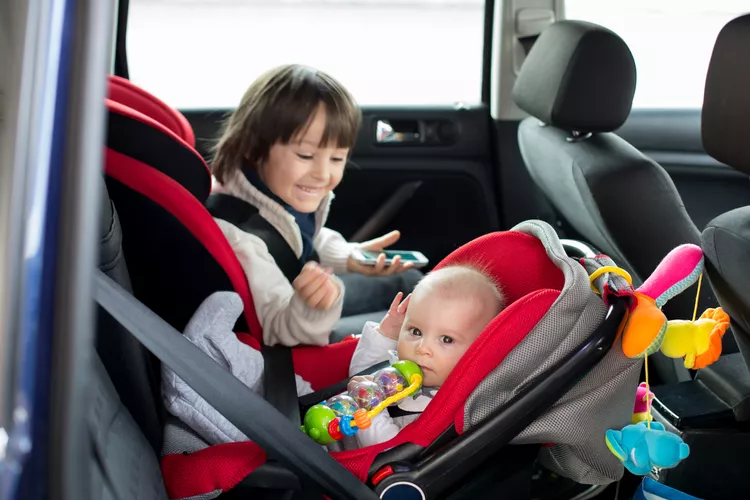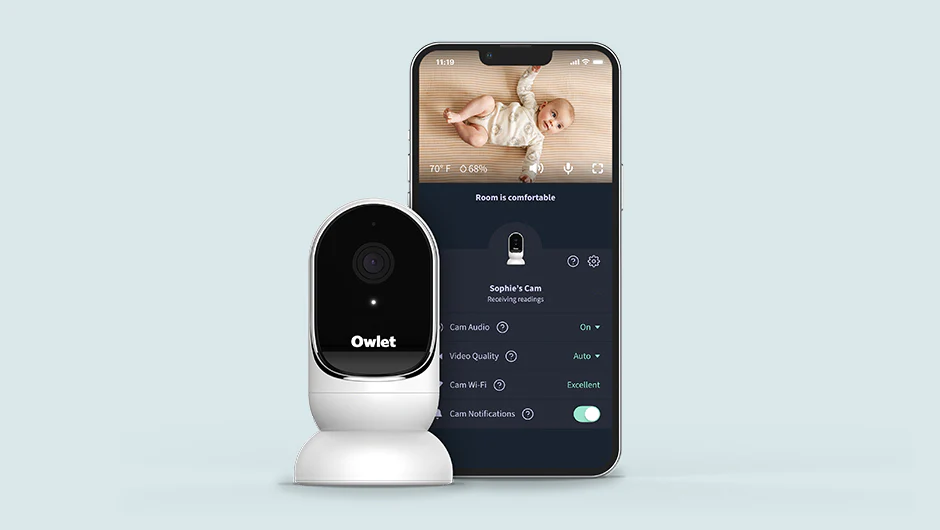As a new parent, a car seat will be one of your most important purchases. This is the only product you’ll ever purchase for your child, which has the potential to save their lives. You can’t even bring your child home from the hospital if you don’t have it.
Where do you begin? You can choose between three types of car seats for your infant or toddler: convertible, rear-facing, and forward-facing.
The American Academy of Pediatrics recommends that children remain rear-facing in their car seats as long as they can or until they reach the maximum weight and height permitted by the heart. The AAP previously recommended that children remain rear-facing in their car seats until age 2. However, the new recommendation does not specify a specific period. Still, it encourages parents to keep their child rear-facing as long as their seat’s weight and height limits allow.
You may have to purchase a new car seat as your child grows. This age-by-age car safety guide will help you keep your child safe in the vehicle.
Car Seats for Infants and Newborns
Infant-only and convertible car seats are the two types of infant seats available. The two car seat types are equally safe for infants and newborns. Your choice will depend on your budget and preference.
Only infant car seat
Infant-only car seats are suitable until your child weighs between 20 and 22 pounds or their head is no more than 1 inch from the top. These seats are usually lighter and more portable.
Parents prefer infant car seats because they can remove the heart from the vehicle without disturbing a sleeping child. The car seat’s base remains in the vehicle, and the carrier snaps into place.
Infant-only seats can also be convenient as they can be clicked onto the stroller base. Consider buying an infant-only car seat with a travel kit or compatible with the stroller you prefer (many come equipped with adapters).
Convertible car seats
A car seat can be used as early as birth. However, infant-only seats are more suitable for tiny babies. Look for certified convertible car seats to remain rear-facing until your baby weighs 30 pounds.
If you are looking for a seat that will last, convertible seats are the best option. They can be used as a forward-facing or rear-facing seat. Most convertible seats have restrictions that allow your child to ride in the rear-facing position for at least two years.
Convertible seats, however, are not intended to be removable; they must remain in the vehicle.
Toddler Car Seats
If your child has outgrown their rear-facing seat, you should continue to use it with a harness until they reach the weight or height limit of the heart. You can buy a new car seat for your toddler if they have outgrown the rear-facing car seat. In the case of convertible car seats, you can turn it around so that it faces forward or choose a combination or forward-facing car seat.
Only forward-facing car seats
The forward-facing car seats are similar to convertible car seats in that they use the same five-point harness system and are not meant to be portable, like infant car seats. A forward-facing seat is not convertible and can only be used forward.
Some forward-facing car seats can accommodate up to 65 pounds of weight. However, these limits are not universal.
Combination car seat
Combination car seats are both forward-facing car seats with a five-point harness for toddlers, preschoolers, and older children and boosters for larger kids. Combination car seats usually function with a five-point harness until the child is 40-65 pounds. The harness can then be removed, and the seat becomes a belt-positioning booster that can accommodate children up to 100 pounds using your vehicle’s lap or shoulder belt.
Avoid these nine most common car seat safety mistakes.
Car Seats for Preschoolers
This type of booster seat is for children up to 80-100 pounds. This type of booster fits children up to 80-100 lbs. Most kids require boosters between 3 and 4, or at least 8.
Remember that your child will need head support. Use a booster with a high back if the vehicle has a low rear seat. If the middle of the car has an integrated headrest, a backless booster may be used.
After You Purchase Your Car Seat
Practice buckling your seat in your car before your baby takes his first ride. It’s essential to take your time installing a car seat. Try a few times before you feel comfortable.
You can also schedule an appointment to meet with a Certified Child Passenger Safety (CPS) Technician who will teach you how to safely install your child safety seat in your vehicle. The National Highway Traffic Safety Administration maintains a list of inspection stations.
As you fit your child’s car seat, ensure the harness straps are snug on their body. For a newborn, use the lowest slots in the harness. For rear-facing, keep the straps at or below your child’s shoulders. The harness straps should fit over the shoulders and in between the legs.
Avoid bulky and puffy clothing for your baby, such as winter jackets. Only place something around or in the car seat if the manufacturer has approved it. This could cause the car to malfunction and put your baby at risk. This includes blankets and coats as well as car seat strap padding.

